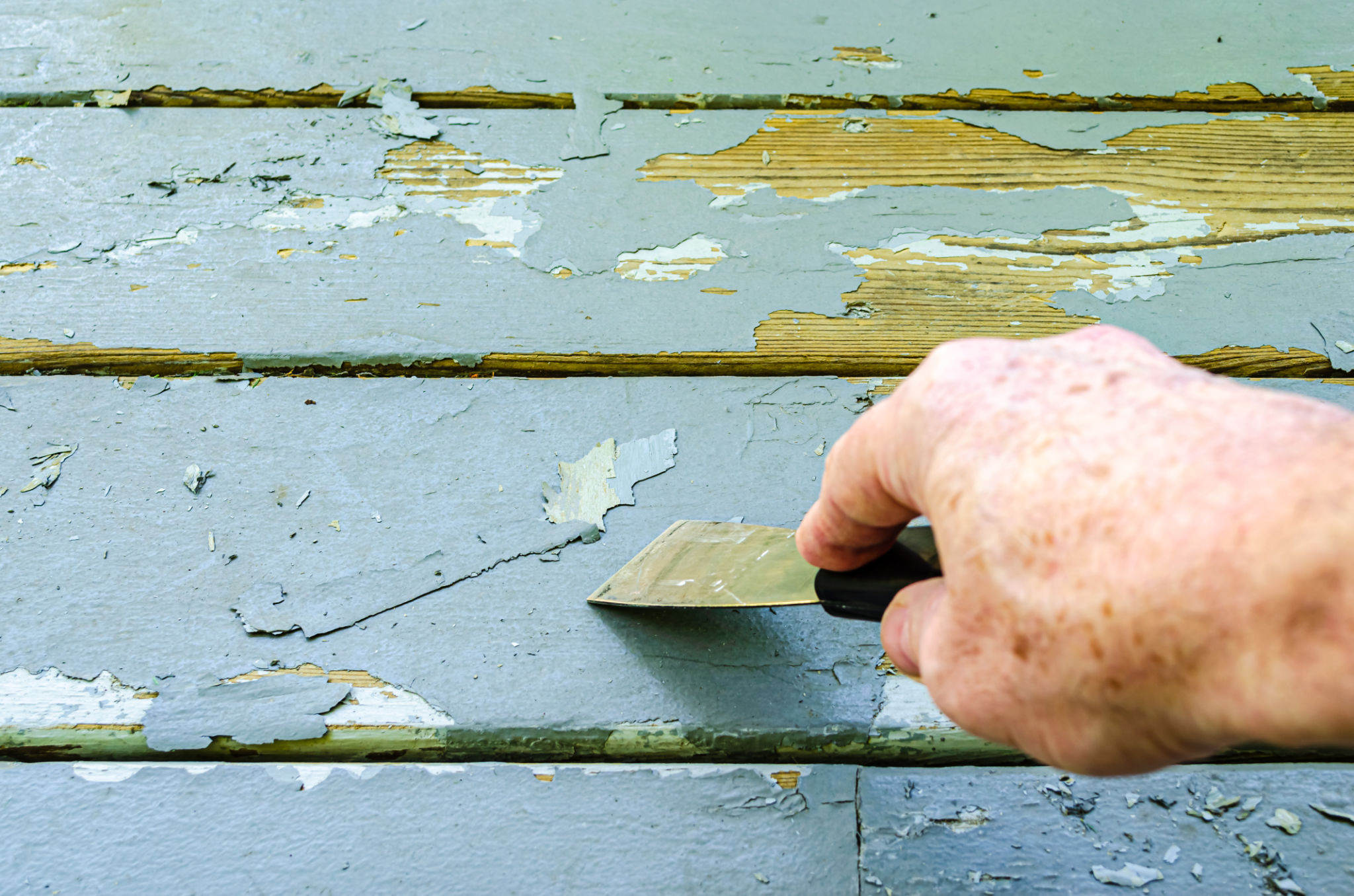A Step-by-Step Guide to DIY Laser Paint Removal
LL
Introduction to Laser Paint Removal
Removing paint can be a daunting task, especially when dealing with intricate details or delicate surfaces. Traditional methods can be harsh and time-consuming. Fortunately, laser paint removal is a revolutionary technique that offers precision and efficiency. In this guide, we'll walk you through the steps of a DIY laser paint removal process, making it accessible for home projects.

Understanding Laser Paint Removal
Laser paint removal utilizes high-intensity light beams to break down paint molecules, effectively stripping away layers without damaging the underlying surface. This method is particularly useful for metals, wood, and even some plastics. It's a clean and environmentally friendly alternative to chemical strippers.
Benefits of Laser Paint Removal
One of the main advantages of laser paint removal is its precision. Unlike sanding or chemical methods, lasers can target specific areas, preserving the material beneath. Moreover, it's a non-contact process, which reduces the risk of surface damage. Finally, because it produces minimal waste, it's an eco-friendly choice for conscious DIYers.
Essential Tools and Safety Gear
Before starting your laser paint removal project, gather the necessary tools and safety gear. You will need a laser cleaning machine suitable for your project size. Ensure you have protective eyewear that can shield your eyes from laser exposure, as well as gloves and a mask to protect against any particulates.

Choosing the Right Laser Equipment
Selecting the appropriate laser equipment is crucial. Consider the size of your project and the material you'll be working on. For small to medium projects, a handheld laser unit might be sufficient. Always check the specifications to ensure compatibility with your specific needs.
Step-by-Step Process
- Prepare the Workspace: Ensure your workspace is clean and free from flammable materials. Adequate ventilation is also necessary to disperse any fumes.
- Test on a Small Area: Before proceeding, test the laser on a small, inconspicuous area to determine the optimal settings and prevent accidental damage.
- Adjust Laser Settings: Based on your test, adjust the laser’s intensity and focus to suit the material and thickness of the paint layer.
- Begin Removal: Slowly move the laser across the painted surface in a consistent manner to ensure even removal.

Troubleshooting Common Issues
If the paint is not coming off as expected, try adjusting the laser's power settings or speed. Stubborn areas may require multiple passes or slight modifications in technique. Always monitor the surface to avoid overheating or unintended damage.
Post-Removal Care
Once you've successfully removed the paint, it's essential to clean up any residue. A gentle wipe with a damp cloth should suffice. Inspect the surface for any remaining paint or damage that may need touch-ups. Properly store your laser equipment and safety gear for future use.
Laser paint removal can transform tedious projects into efficient tasks with stunning results. With the right preparation and tools, you can achieve professional-quality outcomes in your DIY endeavors.
